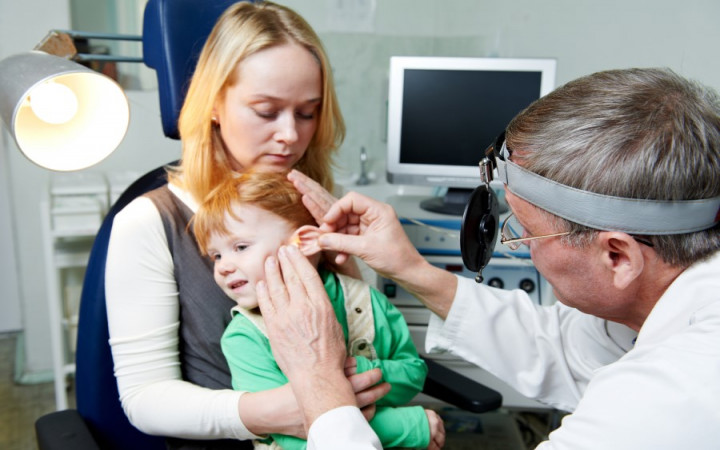Ever had one of those days when you're feeling warm and tired? Maybe you get home and take your temperature, only to find out you're running a fever. Then you start to feel pain in your ear. What's going on here? It's probably an ear infection!
Most children have experienced an ear infection at least once in their lives. Many children get ear infections frequently. They're a common ailment that we all have to deal with every once in a while.
Your ears are made up of three different areas: the inner, middle, and outer ear. What we commonly call ear infections are infections of the middle ear. The middle ear is a small area of air just behind the eardrum.
Passageways — called eustachian tubes — connect your middle ear to your throat. Allergies or a cold can cause these tubes to become blocked. When this happens, fluid can build up in the middle ear, allowing germs, like bacteria and viruses, to grow and produce more fluid.
This is why ear infections are more common in children. Children's eustachian tubes are smaller than those of adults and become blocked more easily.
Fluid build-up from an infection makes your middle ear feel like it's under pressure, sort of like a balloon with too much air. That's why an ear infection hurts so much!
Luckily, you can't catch an ear infection from someone else. However, you can catch someone else's cold, which can lead to an ear infection. If your ears hurt and you have a fever, make sure you tell an adult, so you can see a doctor right away.
A doctor will look into your ears with a special tool called an otoscope. The otoscope is like a small flashlight that allows the doctor to examine your eardrum. If you have an ear infection, the ear drum will be red and appear swollen because of the fluid pressing against it from the middle ear.
If the doctor concludes that you have an ear infection, he will probably recommend that you take over-the-counter pain relievers to help with the pain. If the infection is being caused by bacteria, he will also probably prescribe an antibiotic to fight the bacteria.




